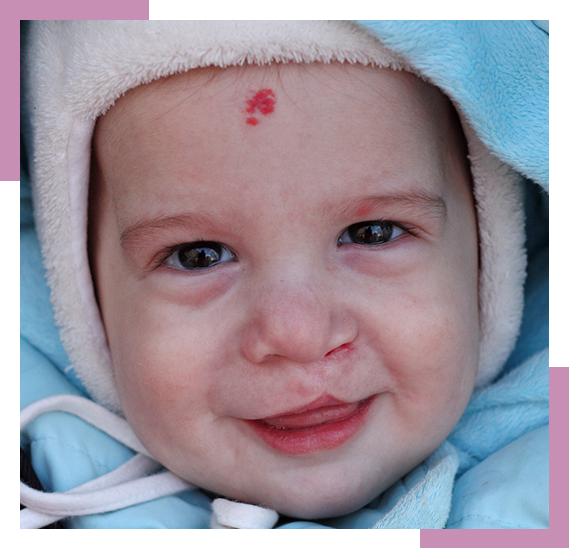

Cleft Lip Correction
A cleft lip is a congenital deformity caused by abnormal facial development during gestation. Our clinic offers transformative cleft lip treatments that not only improve physical appearance but also enhance speech, hearing, and overall quality of life.
Types Of Acne

Blackheads

Whiteheads

Pustule

Nodules

Papule
How We Do It
Consultation
Analysis of the patient
Diagnosis
Analysis of the patient
Treatment Plan
Decide a course of action
FDA Approved
Advanced Treatments
Ensure the plan is working
Prevention Tips
Recommendations by the doctor
Treatment Options

Treatment for cleft lip often involves a series of surgeries over several years, improving both aesthetics and function. These procedures may include
Primary Cleft Lip Repair: This is the initial surgery to fix the cleft, usually performed in the first few months of life.
Secondary Cleft Lip Repair: Additional surgeries might be needed as the child grows to improve the appearance of the lip and nose, enhance speech, and ensure proper dental development.
Our Recommended Treatment
We highly recommend a customized treatment plan based on the specific needs and conditions of the child. This often includes surgery, followed by ongoing monitoring and supportive therapies if required, like speech therapy or orthodontics.


Tips
- Post-surgery, ensure the child's diet is primarily liquids or soft foods to avoid putting pressure on the surgical site.
- Maintain regular follow-ups with the surgeon and adhere to the recommended care regime.

Tips For Acne Prevention
- Wash your face when it gets oily or dirty
- Avoid harsh scrubbing
- Don’t pop or pull the pimple
- Do not consume high sugar and carbohydrates
- Protect your skin from too much sun exposure
- Eat healthy and fresh foods
- Meditate, exercise and minimize stress
FAQ’s
The initial healing phase is typically about 1-2 weeks. The scar from the surgery gradually fades over 12-18 months.
This depends on the severity of the cleft. Some patients might need more than one surgery to fully repair the cleft lip.
No, once a cleft lip has been surgically repaired, it does not come back.
As with any surgical procedure, there are some risks involved such as bleeding, infection, or reactions to anaesthesia.
Typically, cleft lip repair surgery is performed when the baby is 3 to 6 months old.

